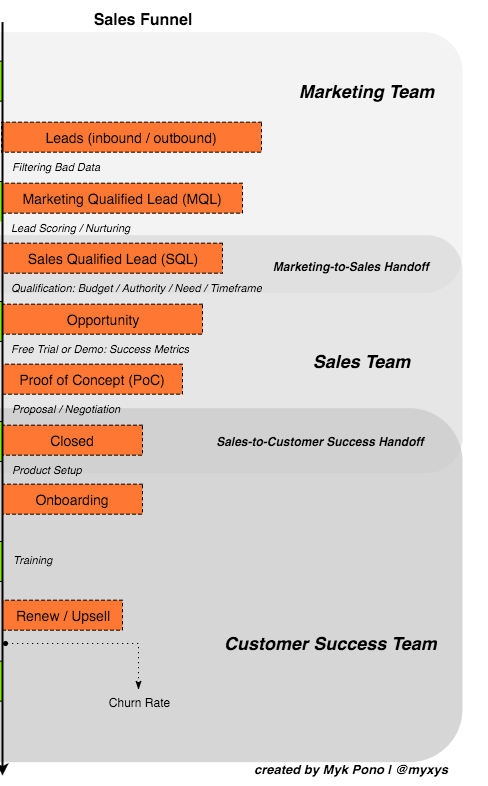CamiForm: Your Source for Diverse Insights
Exploring a world of information across various topics.
Charting the Course: Navigating Player Acquisition Funnels
Unlock the secrets to successful player acquisition funnels! Discover proven strategies to boost engagement and grow your gaming community today!
Understanding the Player Acquisition Funnel: A Step-by-Step Guide
The Player Acquisition Funnel is a crucial framework that helps developers and marketers attract and retain players effectively. It typically consists of several stages: Awareness, Interest, Consideration, and Conversion. At the Awareness stage, potential players learn about the game through marketing channels such as social media, advertisements, and influencer partnerships. Once intrigued, they progress to the Interest stage, where they explore gameplay mechanics, storyline, and reviews, often using websites, blogs, and peer recommendations. Understanding these stages is essential for creating targeted strategies that resonate with potential players.
As players continue down the Player Acquisition Funnel, they enter the Consideration phase, where they weigh the benefits of downloading or purchasing the game. This is a critical moment to capture their attention with compelling content, such as trailers, gameplay videos, and promotional offers. Finally, in the Conversion stage, the goal is to convert interested players into active users through seamless onboarding processes and engaging offers. To optimize each step, it's vital to analyze user behavior and feedback, ensuring a smooth transition through the funnel and maximizing overall player acquisition.

Counter-Strike is a popular tactical first-person shooter game that originated as a mod for Half-Life in the late 1990s. Players compete in various game modes, often dividing into teams of terrorists and counter-terrorists. The competitive nature of the game is enhanced by strategies and teamwork, making it a top choice for esports. For those looking to enhance their in-game experience, consider checking out this shuffle promo code for potential benefits.
Key Metrics to Measure Success in Your Player Acquisition Strategy
When evaluating the effectiveness of your player acquisition strategy, tracking key metrics is essential for understanding its success. One of the primary metrics to consider is Customer Acquisition Cost (CAC). This metric helps you assess how much you are spending to acquire each new player, allowing you to determine if your marketing efforts are financially sustainable. By comparing CAC to the lifetime value (LTV) of a player, you can gauge whether your acquisition costs are justified. A lower CAC relative to LTV indicates a healthy acquisition strategy that can drive profitability in the long run.
Another crucial metric to monitor is the conversion rate, which reflects the percentage of users that successfully complete the onboarding process and become active players. Analyzing this metric helps identify any potential bottlenecks in your player acquisition funnel. Utilize A/B testing to optimize your onboarding process and offer personalized experiences that can enhance user engagement. Additionally, tracking retention rates over time is vital to ensure that once players are acquired, they continue to engage with your game, thereby maximizing your overall player acquisition strategy's efficiency.
Common Pitfalls in Player Acquisition and How to Avoid Them
Player acquisition is a critical aspect of game development, yet many developers fall into common pitfalls that hinder their success. One major mistake is focusing too heavily on paid advertising without paying equal attention to organic growth strategies. Relying solely on ads can lead to unsustainable user acquisition costs, making it challenging to maintain a profitable game. To avoid this pitfall, consider implementing a balanced approach that includes social media engagement, community building, and influencer partnerships. These methods not only reduce costs but also create a loyal player base.
Another common pitfall is failing to understand the target audience. Many developers assume that their game will appeal to a broad demographic, which can dilute marketing efforts and lead to uninformed decisions. To prevent this, conduct thorough market research and create detailed player personas. This will help tailor your messaging and acquisition strategies to attract the right players. Additionally, regularly analyzing player feedback and adjusting your approach can further refine your acquisition efforts, ensuring you are resonating with your audience.